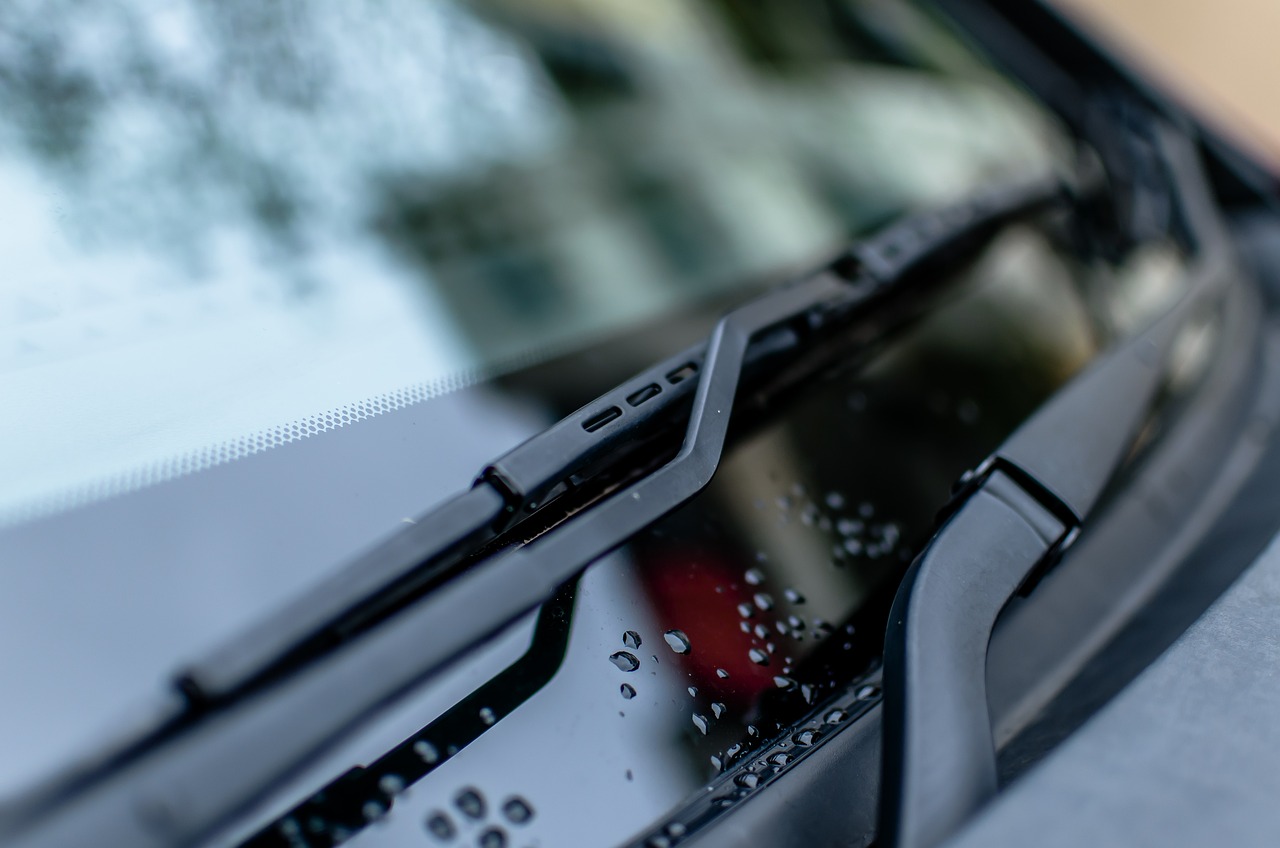Windshield replacement is typically done by a professional auto glass technician who specializes in replacing auto glass. Here are the general steps involved in the process:
- Assessment: The technician will assess the damage to your windshield to determine if it can be repaired or if it needs to be replaced.
- Removal: If the windshield needs to be replaced, the technician will start by removing the damaged windshield. They will use special tools to carefully remove the windshield without damaging the vehicle’s frame or surrounding parts.
- Preparation: The technician will clean the area where the windshield will be installed and remove any debris or adhesive from the old windshield.
- Installation: The new windshield will be installed using a special adhesive that is designed for auto glass. The technician will carefully place the new windshield into position and ensure that it fits properly.
- Finishing: Once the windshield is installed, the technician will clean up any excess adhesive and apply a special sealant around the edges to prevent leaks.
- Drying: The adhesive used to install the windshield will need time to dry before the vehicle can be driven. The technician will give you instructions on how long to wait before using your vehicle.
Overall, windshield replacement typically takes a few hours to complete. It’s important to use a reputable auto glass technician who is experienced in windshield replacement to ensure that the job is done correctly and safely.




